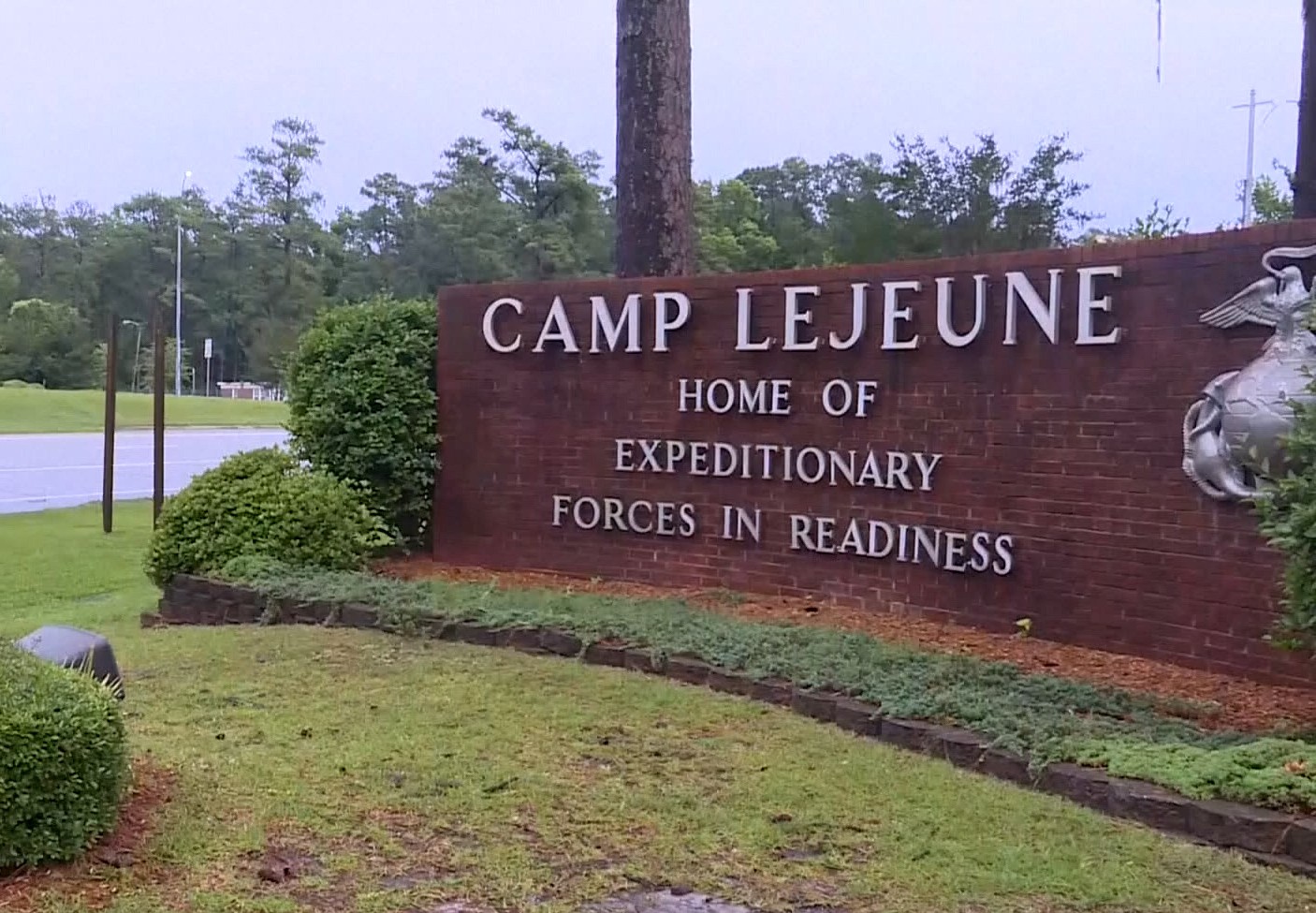Do I qualify to file a claim against the government for my Camp Lejeune related injuries?
To qualify for compensation resulting from Camp Lejeune related injuries, an individual must meet the following criteria.
1. Victim must have lived or worked on base at Camp Lejeune for a minimum of 30 consecutive days during the period beginning August 1, 1953, and ending December 31, 1987. A qualifying victim can include:
- A veteran, reservist, guardsman or their legal representative
- The spouse of a veteran, reservist, guardsman
- The ex-spouse of a veteran, reservist, guardsman (certain conditions apply)
- The biological child of a veteran, reservist, guardsman (alive at the time)
- The biological child of a veteran, reservist, guardsman (in utero at the time)
- The stepchild of a veteran, reservist, guardsman
- The legal dependent of a veteran, reservist, guardsman (living with him/her at the time)
- Civilian contractor (who worked on base at the time)
2. Victim must have been exposed to the water at Camp Lejeune that was supplied by the United States or on its behalf.
3. Victim must have been diagnosed with one of the following diseases* after having lived or worked at Camp Lejeune for a minimum of 30 consecutive days during the aforementioned dates:
- Aplastic Anemia
- Bladder Cancer
- Cardiac Defects
- Kidney Cancer
- Leukemia
- Liver Cancer
- Multiple Myeloma
- Myelodysplastic Syndrome
- Non-Hodgkin’s Lymphoma
- Parkinson’s Disease
- Systemic Sclerosis/Scleroderma
The following injuries may also qualify for compensation:
- Breast Cancer
- Esophageal Cancer
- Female Infertility
- Hepatic Steatosis
- Lung Cancer
- Miscarriage
- Neurobehavioral Effects
- Renal Toxicity Scleroderma


